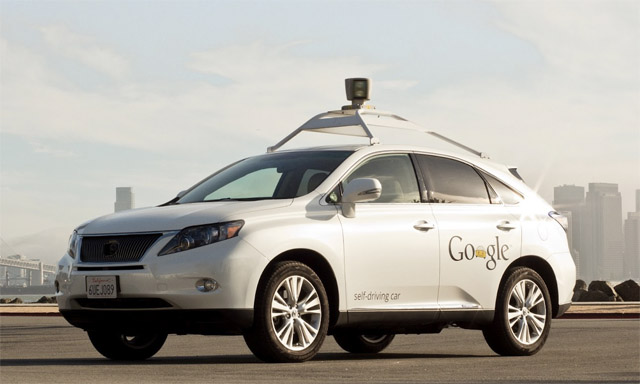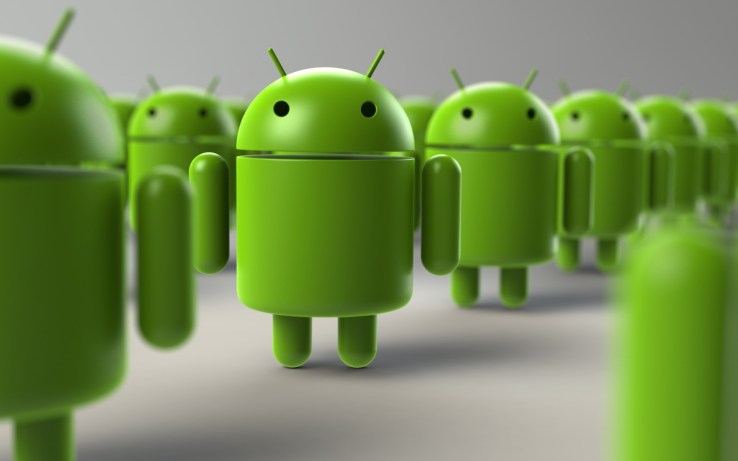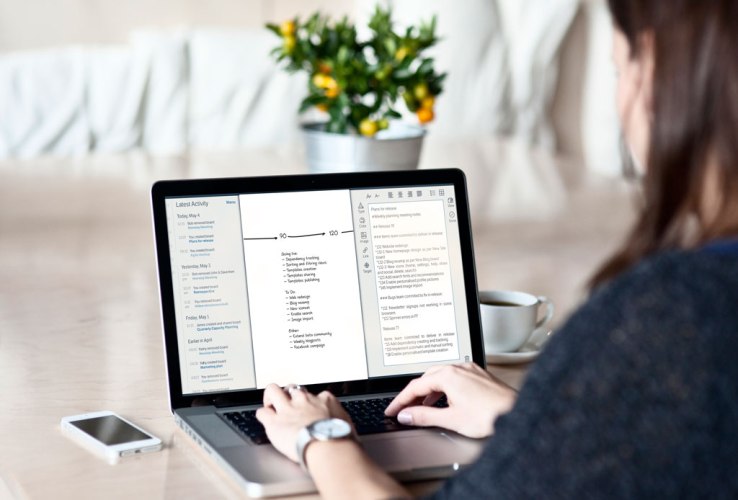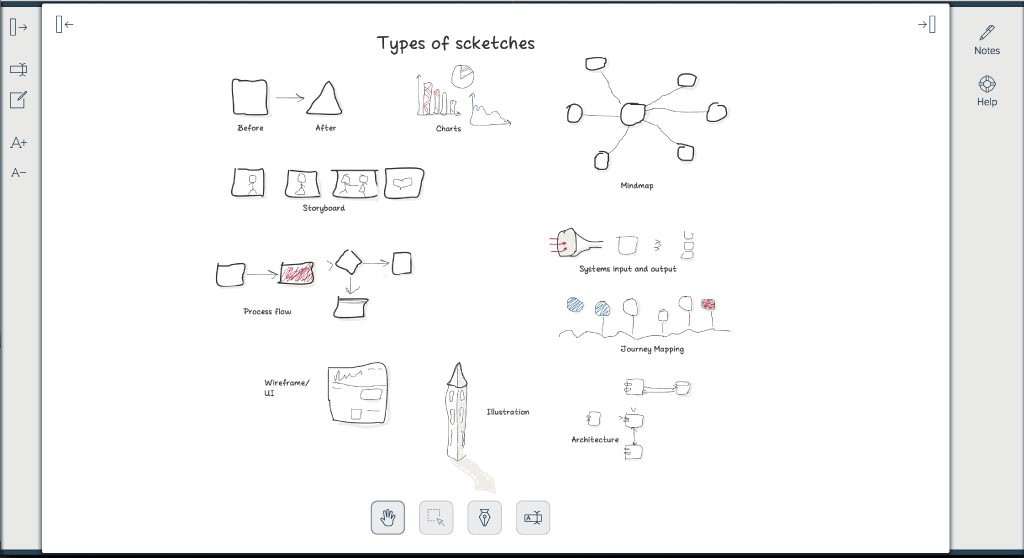- Enterprise users can manage company-wide rollouts for Windows 10 updates.
- New Windows 10 finally gets a proper name: Microsoft Edge.
- The operating system will be a free upgrade for Windows 7 and Windows 8/8.1 users during the first year.
- If you do not upgrade in the first year, you will be charged. There has been some confusion around pricing - but Microsoft is expected to charge a one-off license fee and NOT move to a subscription model.
- Windows 10 will launch in late-2015, likely by the end of July. The Technical Preview will end on 15 April 2015.
- Microsoft also debuted the 84in Microsoft Surface Hub and Windows Holographic. The latter will allow users to create 3D models via a custom-built HoloLens.
- Android and iOS apps will run on the new OS.
Jump to:
Windows 10 latest news
Windows 10 will launch globally in 190 countries this summer, and details about what to expect from the next-gen OS are slowly being revealed - officially and via leaks. Here's our roundup of the latest Windows 10 news.
05/05/15: Microsoft announces Windows Update for Business. The update delivery system allows IT managers to control when and how specific systems throughout the company recieve Windows 10's rolling incremental upgrades (see below).
01/05/15: A new feature will enable developers to port Android and iOS apps to Windows 10 with just a few changes to the app's codebase, the firm announced. Microsoft's new browser (formerly Project Spartan) has a new name; Microsoft Edge (see below).
Windows 10 release date
Windows 10 Technical Preview ends on 15 April 2015 and the general release is tipped for later this year. The release date is almost guaranteed to be July 2015 if a slip of the tongue by AMD's CEO during an earnings call is anything to go by, according to reports.
This
piece by IT Pro's sister publication PC Pro, pins the launch date of Windows 10 to Thursday 23 July, and has some pretty good reasons why!
Windows 10 Price
The rumours that Windows 10 will be free for existing Windows 7/8.1 users has been confirmed, with the company revealing that Windows 10 will be free for Windows 7 and Windows 8.1 users for the first year. However, executives declined to comment on the pricing structure after this time frame.
Microsoft has also announced that the free Windows 10 upgrade will also be available to users of pirated software, with Myerson telling
Reuters: "We are upgrading all qualified PCs, genuine and non-genuine, to Windows 10."
"Anyone with a qualified device can upgrade to Windows 10, including those with pirated copies of Windows," a Microsoft spokesperson said to
The Verge. "We believe customers over time will realise the value of properly licensing Windows and we will make it easy for them to move to legitimate copies."
Windows 10: Faster builds
News that Microsoft is planning to accelerate its release schedule for Windows 10 preview builds has appeared following the event. An announcement in the Windows Insider Hub app (available only for existing Windows 10 users, via ZDNet) said:
"We've heard your feedback asking for more frequent builds - and as Gabe mentioned in his recent blog post, we've probably been too conservative about pushing builds to the Fast ring for Windows Insiders. So we're preparing to speed up the build releases for those who want to live life in the Fast lane.
"The good news is that Insiders who choose Fast will be getting fresher code, with all of the features and fixes, more often. The potential downside is that as we go faster, the builds will likely include more bugs with fewer workarounds. If this doesn't sound like something you want to deal with, now is your time to switch to Slow."
Windows 10: Latest builds
Microsoft has made available the latest build of Windows 10. Build 10061 comes a week earlier than scheduled and is available to users on the Fast Ring of releases. It comes with a raft of new features and fixes for bugs.
Start menu, taskbar and Action Centre are now more customisable allowing users to resize the Start Menu as well as change the colour of it, the task bar and Action Centre.
There are updates to the Mail and Calendar apps with support for Office 365, Exchange, Outlook.com, Gmail and other account types.
There are improvements to Continuum, Task View and Virtual Desktops. More details of this and more can be found on the
Microsoft Windows blog.
Some earlier builds will now no longer be supported by Microsoft and will have to be updated. According to this forum posting from a
Microsoft engineer, builds 9841, 9860 and 9879 will all stop booting from 30 April.
"Approximately two weeks before a build’s license expires, you will start getting warnings that this build will expire and that you should update to the most recent build," the engineer said.
Windows 10 specs/features
Microsoft is doing everything it can to ensure that Windows 10 retains its core market of enterprise users.
As part of this, the company announced Microsoft Update for Business at its Ignite conference in early May. One of the major shake-ups that Windows 10 is introducing to the standard Windows formula is the system of gradual, incremental updates brought on by the shift to Platform-as-a-Service.
However, a constant series of rolling upgrades can be a huge headache for IT departments. In order to combat this, Microsoft Update for Business is a solution that allows IT managers to fine-tune which devices and systems in a company receive Windows updates at which time.
It allows the specification of maintenance windows, which can be used to designate when and when not to apply updates. This ensures that systems won’t be unavailable at critical times, and that machines can be unobtrusively kept up to date.
Microsoft has addressed potential compatibility queries, stating that the new tools will fully integrate with existing management software like System Center and Enterprise Mobility Suite.
Microsoft’s forthcoming OS will let users apply software updates and app downloads by utilising a network of other Windows 10 users, essentially peer-to-peer updates.
Local networks of PCs or a mix of local machines and internet-accessed PCs will be able to supply users with updates to Windows 10, reports
The Verge.
There will also be the usual model of having Windows Update servers spit out upgrades straight to your device. However, the P2P model could raise security issues, with users potentially downloading updates from PCs whose safety hasn’t been verified by Microsoft.
The new operating system would feature the return of the traditional start button, which disappeared with Windows 8 to much dismay from users. The new start menu houses apps and an enhanced search function as well as the layout we all remember. Continuum will make the Windows 10 interface adapt to its device and situation, acting accordingly whether it’s on a tablet, a hybrid or a desktop PC.
Multiple desktops will also be a feature of the operating system, and Microsoft set out a list of new keyboard shortcuts that would help users manage this.
A unified app store is something that has been rumoured for a while, and it will arrive with Windows 10. Developers will now be able to create one app that runs across all Windows devices.
Security updates will now be easier to manage, with consumers alerted to monthly updates and businesses able to opt-in for a faster cycle.
Multitasking is a big feature of Windows 10 that Microsoft has been keen to push, with a quadrant layout that allows users to snap up to four apps together and a smart suggestions feature for any dead screen space.
MDM will be built into the new operating system, allowing admins to manage devices both through traditional methods and via the cloud.
According to WinBeta, third-party developers will be able to create unique lock screens with Windows 10, and apps such as Data Sense and Battery Saver will come over from Windows Phone.
The Notification Center is also one of the 7,000 reported improvements, along with new security features such as multi-factor authentification, and a built-in way of separating business and personal data for encryption.
New leaked screenshots from an internal build of Windows 10, Build 9879, from ithome (via WinBeta), shows off more options added to the UI such as the choice to hide the ‘Search and Task View’ option. The build is a recent one, according to the site.
File Explorer has also been tweaked, with users now able to pin things to the Home area, and the charms bar button in modern apps shows in the “hamburger-style” rather than as three dots as before.
The site also reports that the windows animations have been made smoother for Windows 10, and that the Notification Center button has been moved from the taskbar to the tray beside the clock.
Windows-as-a-Service will allow developers to work across all Windows devices, as well as improving security.
In terms of appearance, the task bar appears streamlined on Windows 10, and the Start Menu can be made full screen with a touch. Settings has also reverted back to look like the traditional Control Panel of old. The Charms Bar also has a new look, with users able to swipe from the right to find a notifications panel. Swiping down will close all apps - not just Metro.
When the keyboard is removed from a hybrid device, the user will be asked whether they want to enter tablet mode, after which apps switch to full screen.
Microsoft's "personal assistant" Cortana is coming to Windows PCs and will be accessible via a search panel in the task bar. As demonstrated at the launch event, the app has the ability to learn about the user. You then have the ability to edit this information with Cortana Notebook.
The operating system will come with a brand new biometric authentication system -
Windows Hello - that could replace passwords.
Microsoft has shed further light on how it plans to secure Windows 10 for users, by including support for Fast Identity Online (FIDO) in the operating system. This is part of an industry-wide push to increase the security of computer systems by moving away from traditional passwords for user authentication purposes.
As such, Windows 10 Technical Preview users can take advantage of password-less two-factor authentication technology to access Windows devices and cloud-based services supported by Azure Active Directory.

















